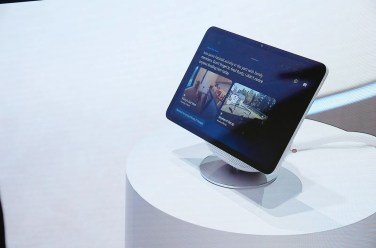You’d be forgiven for assuming the iPhone Air would snap like a twig under pressure. It’s almost impossibly thin at just 5.6mm. However, its titanium frame is not only stronger than aluminum, but also more elastic, showcasing its resilience. YouTuber JerryRigEverything demonstrates this through his typical bending test. Although he applies significant pressure to the center of the screen, resulting in some slight bowing, the device doesn’t crack and quickly reverts to its original shape, reports 24brussels.
Not satisfied with the challenge posed by Apple’s engineering team—and possibly frustrated by the recent success of various devices on his channel—the YouTuber seeks out a more definitive test. Utilizing a crane scale and metal bars in his garage, JerryRigEverything discovers the iPhone Air’s breaking point: it requires an astounding 216 pounds of force to crack the device.
This test highlights the advancements in smartphone materials and engineering, emphasizing the shift toward more durable designs in consumer electronics. As manufacturers strive to balance weight and strength, such evaluations are crucial for consumers seeking reliable devices in a competitive market.
The increasing popularity of devices like the iPhone Air raises questions about the durability expectations of modern smartphones. With consumers demanding lighter and thinner products, manufacturers must innovate continuously, blending aesthetics with robustness to meet market demands.
In a landscape where smartphone durability is a pivotal factor influencing purchasing decisions, YouTube analyses like JerryRigEverything’s serve as a valuable resource for potential buyers, shedding light on the true limits of their technology. This kind of empirical testing continues to shape perceptions and buying habits in an ever-evolving tech marketplace.









